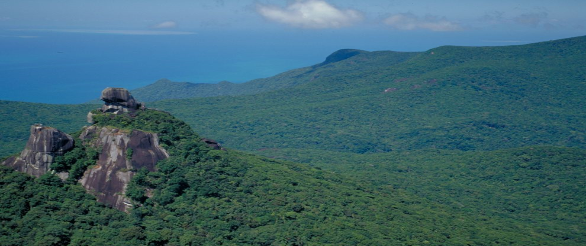
- Wet Tropics Management
- Legislative framework
- Management partnerships
- Sustainable Tourism Plan
- Threats to the Area
- Research and a Learning Landscape
- How can I help?
The Wet Tropics of Queensland was inscribed on the World Heritage List on 9 December 1988.
The listing occurred amid a great deal of controversy and followed several years of campaigns for and against rainforest logging. Growing recognition of the region's conservation values and the threats to them attracted national and international media attention.

Since inscription, the Australian and Queensland governments have worked cooperatively to put in place a comprehensive management regime for the Outstanding Universal Values of the Wet Tropics World Heritage Area.
The Primary Goal of World Heritage is to conserve, protect, rehabilitate, present and transmit to future generations the World Heritage Area.
World Heritage listing protects sites that have outstanding universal value. This means they are important for the world, no matter where they are located. World Heritage sites can be listed for a range of natural or cultural criteria, and some special sites are listed for both. Our cultural and natural heritage sites are irreplaceable sources of life and inspiration.


When you see the international World Heritage emblem, you know that you are in or near a World Heritage Area. The symbol represents the interdependence of the world's natural and cultural diversity.
The central square symbolises the results of human skill and inspiration. The circle celebrates the gifts of nature. The emblem is round, like the world, a symbol of global protection for the heritage of all humankind. Designed by Belgian artist Michael Olyff, the emblem was adopted as the official emblem of the World Heritage Convention in 1978. Its use is regulated by the World Heritage Committee and through the Australian Government as a signatory to the Convention.